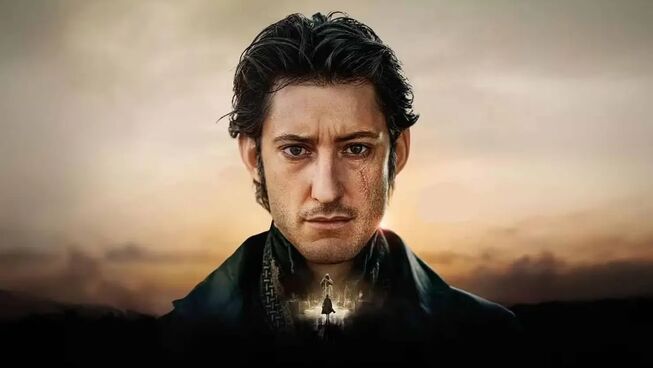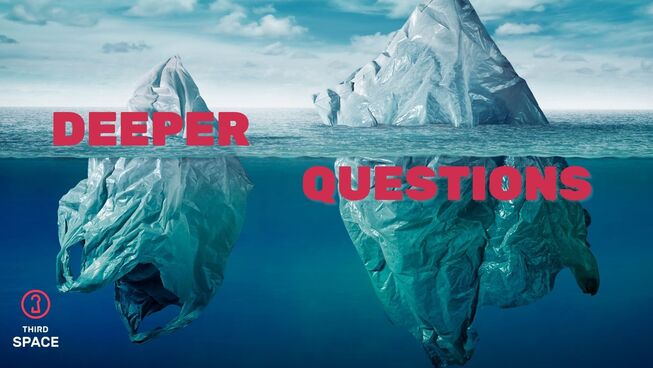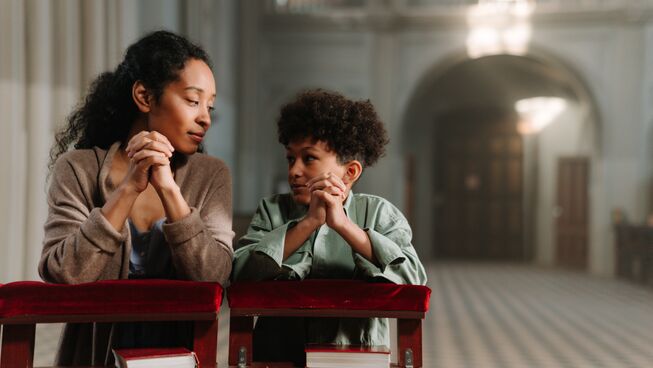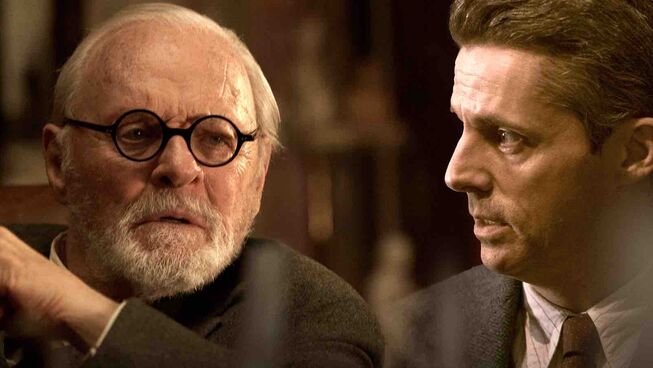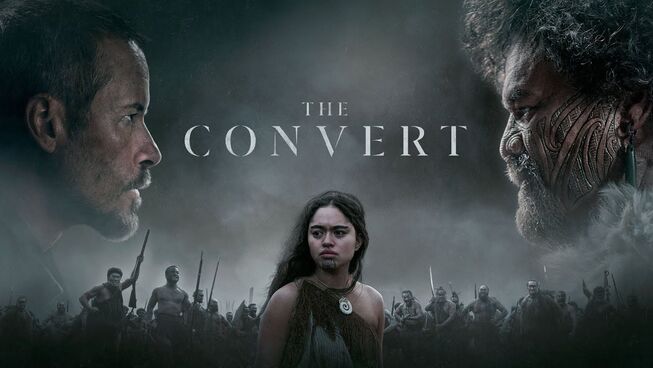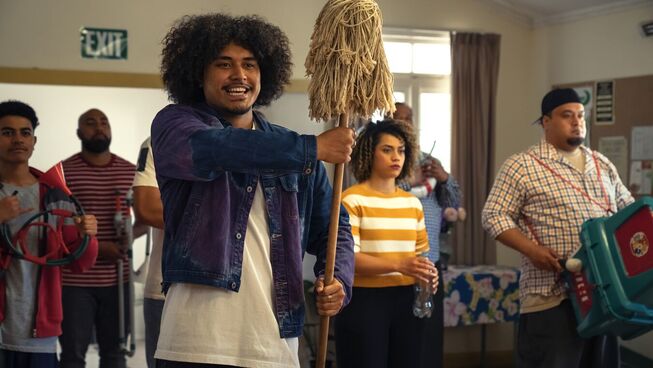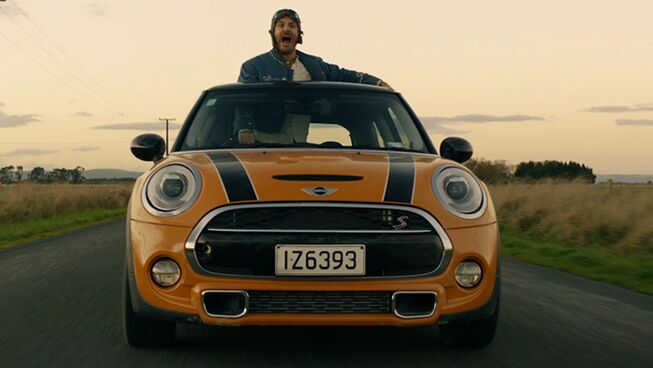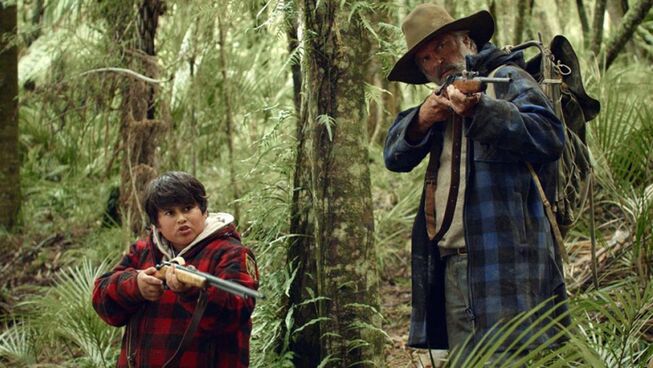Ka Whawhai Tonu

Short Take: The phrase comes from the film industry, originally, and it means a short bit of recording or “something that only takes a short time,” especially if a longer version may be done later.
Short Take review: A short review of a film with potential discussion points
⭐️ ⭐️ ⭐️ (out of 5)
Synopsis: Celebrated Māori director Mike Jonathan’s Ka Whawhai Tonu boldly tells the story of a crucial battle in the first land wars fought in New Zealand’s Waikato region. Facing insurmountable odds, the Māori tribes defiantly stand their ground, led by Rewi Maniapoto (Temuera Morrison), in a struggle for sovereignty against the relentless advance of colonial forces led by Daniel Morgan (Jason Flemyng). Amidst the chaos of the infamous 1864 siege of Ōrākau, two teenagers (Paku Fernandez & Hinerangi Harawira-Nicholas) must seize command of their destinies and fight for their freedom.
Review: Presented in the te reo Māori language, this ambitious historical drama tells the story of a critical moment in New Zealand history from a Māori perspective. Despite occasionally looking like a well-budgeted TV film, visually flat and lacking depth, the landscape of Aotearoa is still breathtaking and captivating. Whilst the film's initial scenes are slower paced, once full-blown war erupts, the film becomes an awe-inspiring and compelling war film, with brutal scenes of violence and cacophonies of gunshots and explosions. The film is led by a powerful performance from a career-best, Temuera Morrison, as the renowned tribal chief, Rewi Maniapoto, led the combined Māori forces against the British invasion of the Waikato region. Other cast standouts include the young Paku Fernandez & Hinerangi Harawira-Nicholas, with much of the conflict and culture presented from their perspective, and Cliff Curtis as Wi Toka, a Māori clergyman. Overall, the film is interesting for those wanting to understand more of New Zealand’s history, especially when told from a Māori perspective. It overcomes some flat directions and slow pacing to effectively depict culture and conflict.
Reel Dialogue:The power of mercy
Ka Whawhai Tonu centres around the war between Māori tribes and invading colonial forces. It’s a cyclical war fuelled by revenge killings and vengeance. The concept of grace and mercy is non-existent. The tribal chiefs state that only blood can repay blood. Wi Toka, a Māori preacher, tries to share the Gospel amidst the warfare. Whilst he never explains the Gospel on screen, it is historically known that the teaching of Jesus’ blood, having paid for all mankind’s sins, led to many Māori putting down their weapons and pursuing peace and harmony.
One of the most famous stories is that of a young woman named Tarore. She was the daughter of Ngakuku, the Ngati Haua chief. She attended a local mission station at Matamata and learned to read. Tragically, at the age of twelve, she was killed during a raid by another tribe. Her father preached forgiveness at her funeral, saying there had been too much bloodshed already and that the people should trust in the justice of God. The Gospel of Luke, with her in a small pouch around her neck, was taken by Uita, thinking it might be of value. However, he could not read, and it lay unused in his home. Sometime later, a slave named Ripahau, who could read, was brought to the home. He read to the people from the Gospel. This led to the eventual reconciliation of Uita and Ngakuku and the sending of Ripahau to read the Gospel to other tribes, eventually leading to the widespread Māori missionary movement.
Have you experienced this overwhelming mercy and forgiveness?
1 John 1:7 - “But if we walk in the light, as he is in the light, we have fellowship with one another, and the blood of Jesus his Son cleanses us from all sin.”


